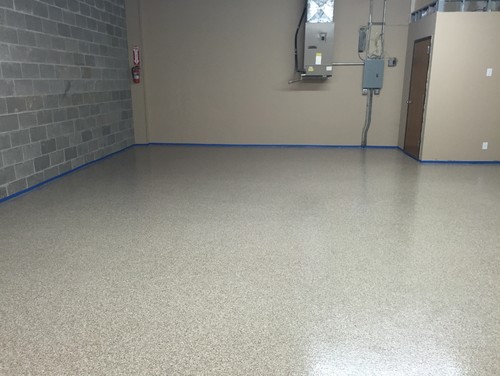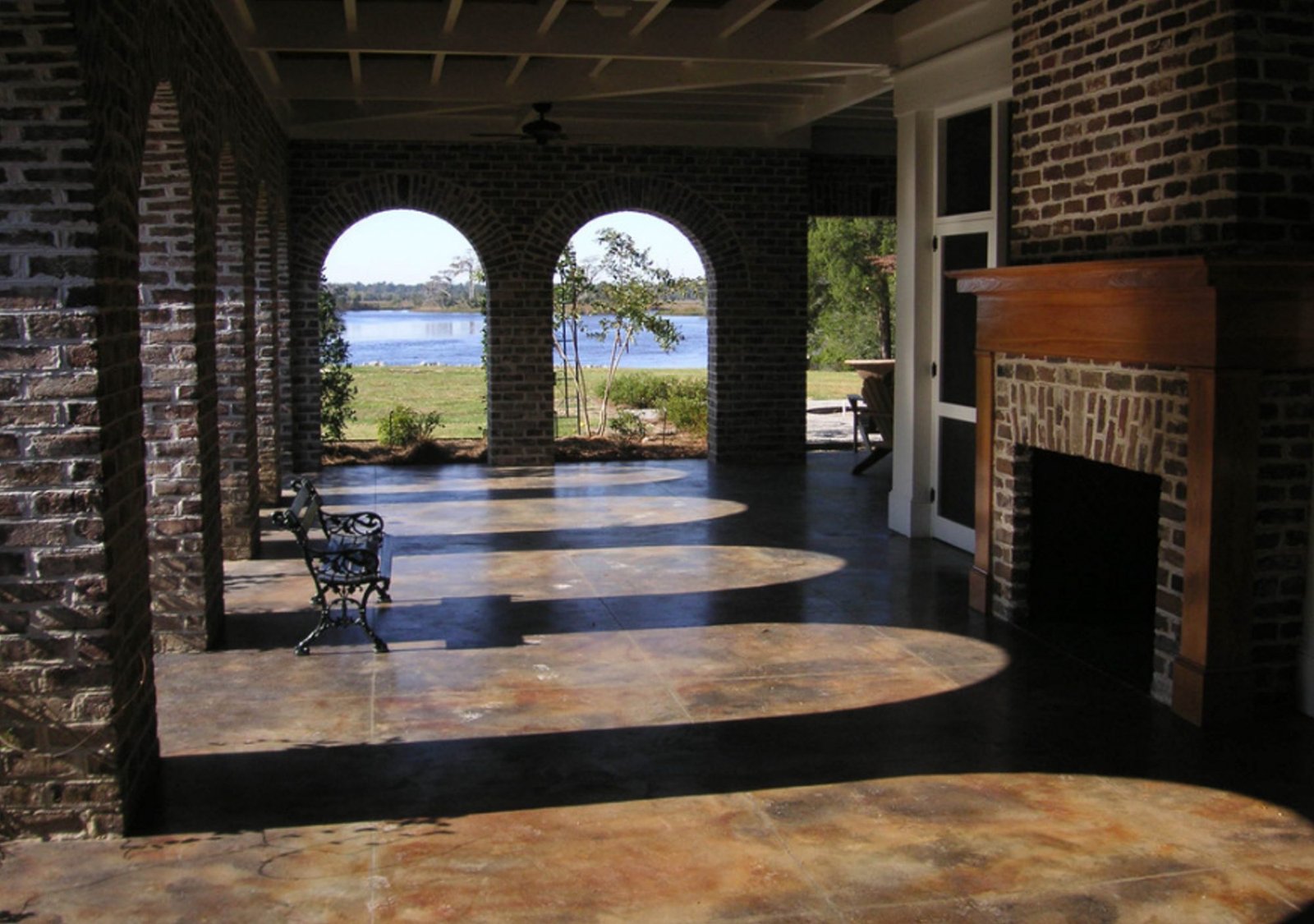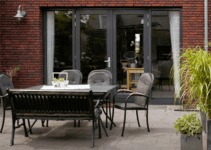Stem walls are part of the building supporting structures and they are situated in the joint between the foundation of the house and the house walls. They are made from rows of concrete blocks (sometimes from bricks) and are reinforced with steel components and works together with the foundational slab. A built wooden wall will protect the exterior side of the stem wall.

Photo by CustomCrete, Inc. – More garage photos
After the footer has poured you can start the stem wall. Different construction codes determine the height of the stem wall, but they are usually three concrete blocks courses (rows) high.
Attention: When you start the stem wall construction, the first corner is critical. You should align the concrete blocks exactly as the rest of the house will be built according to this corner.
These steam walls are making easier the attachment of the vertical walls to the slab and also, they provide a raised platform for the walls protecting them from the water and insects.
Pouring concrete slab inside the stem wall is extremely important in creating of a solid basis for the building. The best way is using of soil cement that is a mixture of cement and dirt. However, you should know and comply with the building codes in your area prior concrete pouring.
Soil cement is well known as an ideal mixture (cement, dirt, rock and sand) for stem walls.
From 60 lbs pre-mixed soil cement you can create approximately 0.5 ft3 concrete.
Note: Do not use soil cement with clay in composition. You need a secure and strong foundation and clay does not have the required strength to be used for a stem wall.
Using a mixer mix the cement soil with water until the mixture has a creamy consistency, not too thin or thick.
When pouring start with the corners of the stem wall. Pour into the empty block cells with concrete until they will be completely filled. When the cement overflows stop pouring and smooth the top of the stem wall.
Today, stem walls are used in construction of many residential or public buildings. In fact, they have an anchoring roll of the wall to the foundation and that will add protection and stability.
A Smart Solution for Every Surface – Concrete Concrete (howtobuildahouseblog.com)


